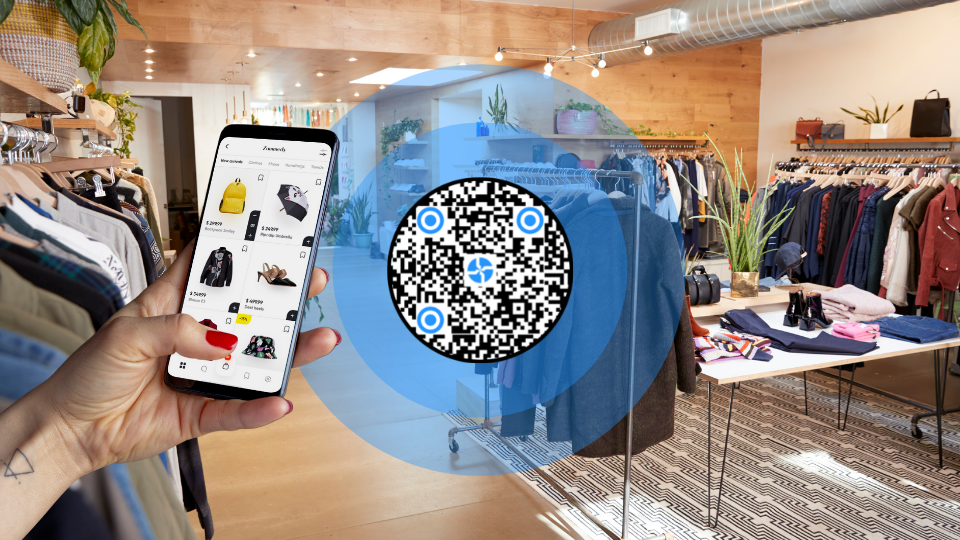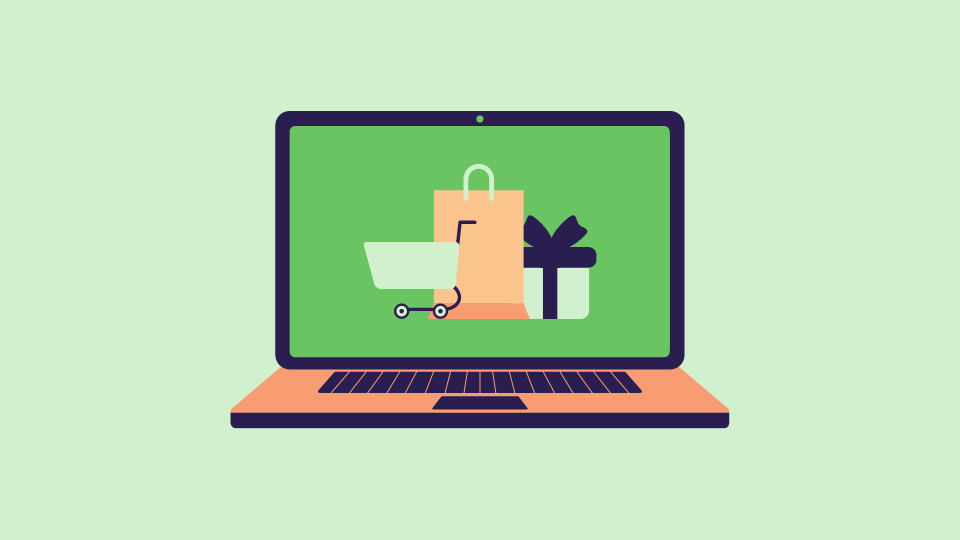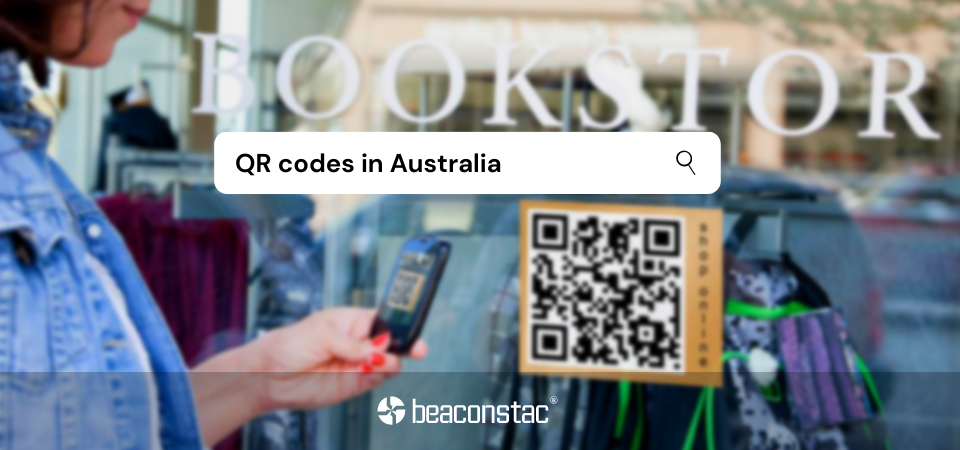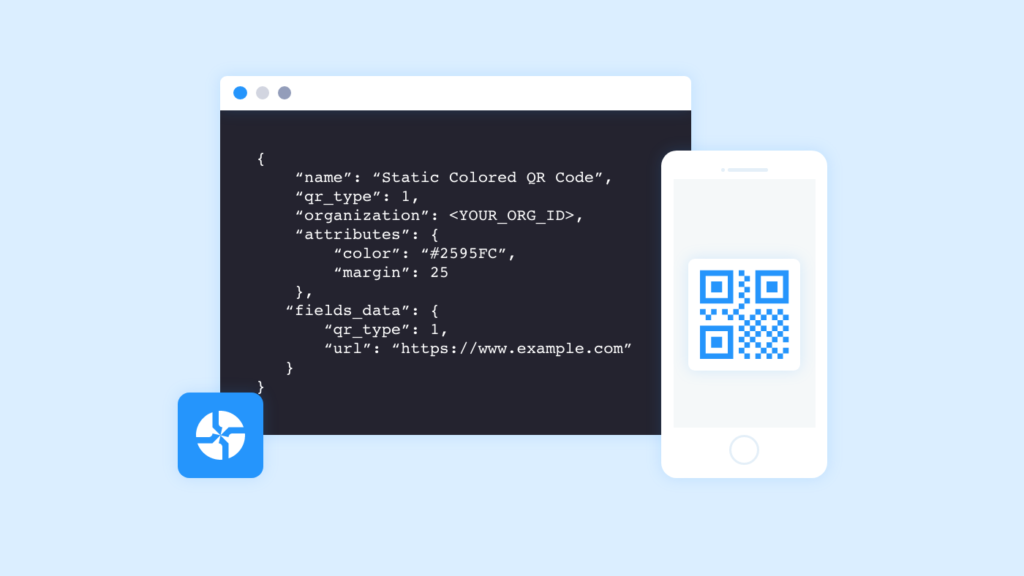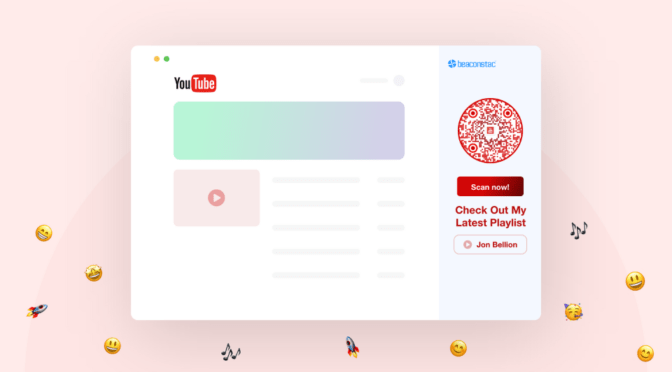The implementation of QR Codes in healthcare serves as a powerful solution in improving communication, transparency, and information between healthcare providers, caregivers, and care recipients.
The medical industry has slowly embraced technology to improve patient treatment, streamline operations, and to shift the tectonic plates of traditional methods of keeping data in check.

Table of Contents
QR Codes in healthcare has drastically improved the way hospitals run.
Since the medical field is making strides rapidly, QR Codes can be deployed in hospitals to get access to thousands of research papers, hospital records, medicines, and other procedures.
QR Codes in healthcare: Use-cases
A number of hospitals have already leveraged the power of QR Codes. In addition to that, pharmaceutical companies have also implemented QR Codes on medicines to instill trust amongst their patients. According to recent patient engagement statistics, 3 out of 4 patients believe that providers who offer mobile technology create a faster and more convenient experience. QR codes play a big part in this mobile equation.
Here are a few ways to include QR Codes in healthcare –
1. Patient identification

Typically, healthcare systems have always been built as siloed architectures.
Patient data is not uniform throughout the storage system or, sometimes, they may not even exist in another department.
According to a study by Harvard Business Review, a platform must be accessible to reveal the patient’s medical record to all parties involved. Patient identity management thus is vital for any healthcare system.
False identification can not only lead to an improper diagnosis, risking patients of medication errors but sometimes, even death.
QR Codes can serve as an important tool in helping healthcare providers to keep the correct track of patients throughout their administration. QR Codes can be embedded in the patient’s medical bracelet and their medical history datasheet to access the patient’s information.
Patient information from admission to discharge, medical prescription to even their previous health history for doctors and caretakers to provide quick service can be accessed via QR Codes.
Have questions about QR Codes? Read this blog post to answer all your queries.
2. Healthcare marketing

The healthcare system hasn’t heavily invested in marketing. Although a collective number of hospitals deny that their service isn’t a business, it inevitably is.
As for any other marketing campaign goes, QR Codes are more than ideal for the healthcare marketing field as well. Healthcare providers and pharmaceutical companies can leverage QR Codes to promote their business and increase awareness at the same time.
For instance, include QR Codes on leaflets, brochures, and bills that can be handed over to the visitors and patients. Upon scanning, these QR Codes can be redirected to a landing page which can attribute to the infrastructure of the hospital, cleanliness, success stories, and other methods to treat a patient.
Healthcare systems are hot property in the private equity market. With each passing year, private equity deals continue to set a new record.
As a result, it is crucial to jump on to the marketing board; QR Codes can make a huge impact to increase patient visits, profit, and reputation. Incorporating strategies from healthcare digital marketing can further enhance the visibility and reach of healthcare services, leveraging modern tools and techniques for better patient engagement.
QR Codes in healthcare marketing can also be used on a plethora of marketing materials such as –
- Emails by making use of a communication toolbox like Weave
- Newsletters and flyers
- Online advertisements
- Billboards
- Medical publishings such as journals and theses
3. Drug safety

The healthcare system and pharmaceutical companies strive hard to maintain authenticity and ensure eradicating undetected items in the manufacturing of medicines.
Drug counterfeit is a global threat.
QR Codes in healthcare for drug safety can go a long way in tackling drug counterfeit and correct administration of medication to patients. Medicine packages now come with QR Codes on them to be more transparent about the manufacturing process, expiry date, and contents of the drugs.
QR Codes on medicines can also alert caregivers in medication administration. QR Codes for medicine administration can alert caregivers about the exact dosage, timing of the medicine, and procedure of the medication to be given, thereby, saving time and error.
China has administered ingestible QR Codes on medicines to fight drug counterfeit. These 3D ingestible QR Codes can be scanned before consuming to see the composition of the drug and authentication.
In addition to this, the University of Copenhagen has also proposed ingestible paper-like medicine with QR Codes on them as medicines in order to make the process of consuming medicines marginally easy.
QR Codes in healthcare, especially for medicines, can be a strong tool to tackle counterfeit.
Read about QR Code mandate on drug labels
4. Medical equipment information
Hospitals and medical colleges are entirely dependent on the pieces of equipment they use. The correct functioning of medical pieces of equipment is vital for the effective delivery of care.
With the wide range of medical pieces of equipment used, QR Codes can be deployed to ensure the proper functioning of the equipment.
Important information regarding the equipment can be attached to a landing page, upon scanning the QR Code. Healthcare professionals and operators can use a smartphone or an app to scan the QR Code to get access to manuals, operating instructions, and videos about setting up any equipment.
If the manuals are in PDF format, you can even make a QR Code link to a PDF, and embed it on the packaging.
QR Codes on medical pieces of equipment can enable caregivers to learn about them in a short time as opposed to reading lengthy manuals, which is not only time consuming but also less understandable.
In addition to this, these QR Codes can also alert healthcare officials in case there is any malfunction or replacements in a rather seamless manner.
Read about interesting QR Code statistics here
5. Maintaining authenticity

Oftentimes, a patient is not treated correctly for their sickness because caregivers are not prepared. Every year over 400,000 people die from medical errors.
Doctors and healthcare providers must need accurate information about the patient’s health condition. The first responders need to know.
QR Codes in healthcare for cross-checking authenticity is convenient, time-saving, and rather beneficial. In fact, 38% of smartphone users in the USA say that mobiles are essential to access health information.
A study by Family Caregiver Alliance found that uncoordinated care patients accounted for 46% of drug costs, 32% of medical costs, and 36% of total costs.
Additionally, on average, uncoordinated care of patients costs were 75% higher than those compared with patients whose care was coordinated.
QR Codes serve as the correct tool to obtain a patient’s medical history in order to maintain authenticity. Medical bracelets, medical tags, and folders with QR Codes embedded in it to provide instant and convenient access to caregivers. Many Medicare plans are now incorporating outsourced services to manage these technologies effectively.
6. Health tracking

As aforementioned, QR Codes in healthcare can be a great asset for a number of useful things. One such use can be to track the progress of a patient’s health status.
In cases where the patient isn’t advised to step out of their houses where they could be a potential threat to the community, QR Codes can act as a great tool to alert their doctors about their health status.
In light of such a scenario, the infamous Coronavirus spread in China has given birth to the deployment of color-coded QR Codes, or, health codes to keep patients in check.
The Chinese government in association with AliPay and WeChat has rolled out color-coded QR Codes. These health codes can alert their guards regarding their level of infiltration of the Coronavirus infection attack in a patient.
This initiative has proven to be greatly helpful to avoid further spreading of the deadly virus in the country.
QR Codes can be leveraged for daily tracking of a patient’s health status, medication required, special dietary instructions, and additional tests, if required.
7. Asset tracking
Medical institutes and hospitals handle plenty of assets such as tools, medical samples, tests, and equipment. The healthcare field especially is in dire need of asset management and tracking systems.
Any form of mismanagement and error can have grave consequences, sometimes leading to death. In addition to that, medical instruments and equipment are immensely expensive and hard to retrieve.
Traditional methods involved to track and maintain equipment are very time-consuming, and laborious. Not just that, they have high chances of human error occurring as well.
QR Codes for asset tracking and management tackles all the above-mentioned problems without any hassle. QR Codes can be used for equipment to track them in real-time, update numbers, alert operators in case of any emergency, and send feedback.
In addition to that, having a user-friendly dashboard can serve as an extremely handy tool in asset tracking. By implementing QR Codes in healthcare, hospitals can thus save capital by eliminating the use of expensive scanning devices.
8. Procedure information for patients
Hull University Teaching Hospitals included QR Codes in all their patients’ leaflets to download a copy of the medical information whilst they are still on the premises.
Patient and procedure information is vital in helping caregivers and patients understand the care they are getting regarding their condition and preparing them to go home, from the hospital.
Dynamic QR Codes are used on the leaflets to change the information accordingly which can also be printed and translated to 100 other different languages, thus, it is accessible by a large audience.
Want to know how to create multi-lingual QR Codes?
Smartphones are used in every industry vertical. Patients and caregivers especially use the internet to gain knowledge about their illness, oftentimes reading the wrong information.
In such cases, hospitals and medical centers must implement QR Codes to educate them about the medical procedure, risks, and benefits involved to minimize damage.
QR Codes in waiting areas
For instance, QR Codes can be put up in the lobby area for patients to get access to their respective doctors and ailments. QR Codes can also be put up in a patient’s post-treatment booklet to contact the closest healthcare unit for assistance, answers to common questions, and treatment.
A study by Annals of Family Medicine found that doctors spend more than half of their time in E.M.R. This insinuates that less time is available for patients and doctors are more likely to face issues like burnout.
In such cases, QR Codes can be attached to every patient to let them know about their wait time, and common treatments involved.
Additionally, you can also embed WiFi QR Codes in the waiting room so that patients and visitors can scan to access the internet. This helps put the patients at ease while they wait for their treatments.
Want to know about other use-cases of QR Codes?
QR Codes in healthcare: An element of difference
Most healthcare systems still rely heavily on traditional procedures when it comes to patient identification, form filling, billing methods, and transparency.
The medical field is constantly trying and experimenting with the latest technology and creating future-oriented healthcare solutions to help combat illnesses and find a detrimental solution rather swiftly.
QR Codes in healthcare can benefit the medical field like none other. QR Code forms can replace the old paper-based management system, reduce error levels, and track medication in a rather hassle-free way.
Deploying QR Codes in healthcare will also save hospitals and medical colleges a huge chunk of resources since QR Codes (Dynamic QR Codes) can be edited, analyzed, and tracked to help patients. To take it a step ahead, you can integrate QR codes with an FHIR server so that healthcare providers can easily access and share patient health information for improved care coordination and patient outcomes.
In an era where everyone is equipped with smartphones, incorporating QR Codes in healthcare only makes sense.
Say yes to tech-savvy practice

According to a source, 91% of adults have their mobile devices within arm’s reach 24/7.
This usage can be an added advantage for the healthcare system to incorporate technologies such as QR Codes to present healthcare professionals, patients, and caregivers access to information rapidly.
In addition to that, 80% of physicians use smartphones and medical apps.
Although the healthcare industry has been hesitant to adopt mobile devices in the past due to IT security guidelines, safety, and compliance, more and more institutes find it acceptable because of the convenience.
With the growing rate of technologies in the healthcare system, QR Codes can be a breakthrough tool to help professionals and patients instill a layer of transparency.
Nearly 90% of respondents utilize smartphones within their organizations to engage patients in their healthcare. Tech-savvy technology is especially paramount in the healthcare industry considering all the mishaps that are involved.
QR Codes can help the industry to keep up with the times because smartphones truly have the potential to drastically improve patient care and health outcomes.
Leverage the power of QR Codes to create healthcare QR Codes or schedule a call with one of our experts to get started!
-
With brands expanding their presence on omnichannel platforms to reach more audiences, learn how QR Codes help brands sync their online and offline marketing strategies to close the loop seamlessly.
-
Trying to build a loyalty program for your brand? Look no further! Check out this complete guide on the best customer loyalty platforms to help pick the best one and foster long-term brand loyalty effectively.
-
Struggling to improve in-store sales and shelf performance rate for your brick and mortar retail store? QR Codes for planograms are the answer you’re looking for.
-
Looking for a design software that fits your requirements? Check out this detailed guide on product packaging design tools with helpful information on how to create an effective packaging design.
-
What led to the surge in the usage of QR Codes in Australia? Is it because of contact tracing or payments? What does the future hold? Let’s find out.
-
Want to know how to add a QR Code API to your app without complex troubleshooting? Read to find out!





